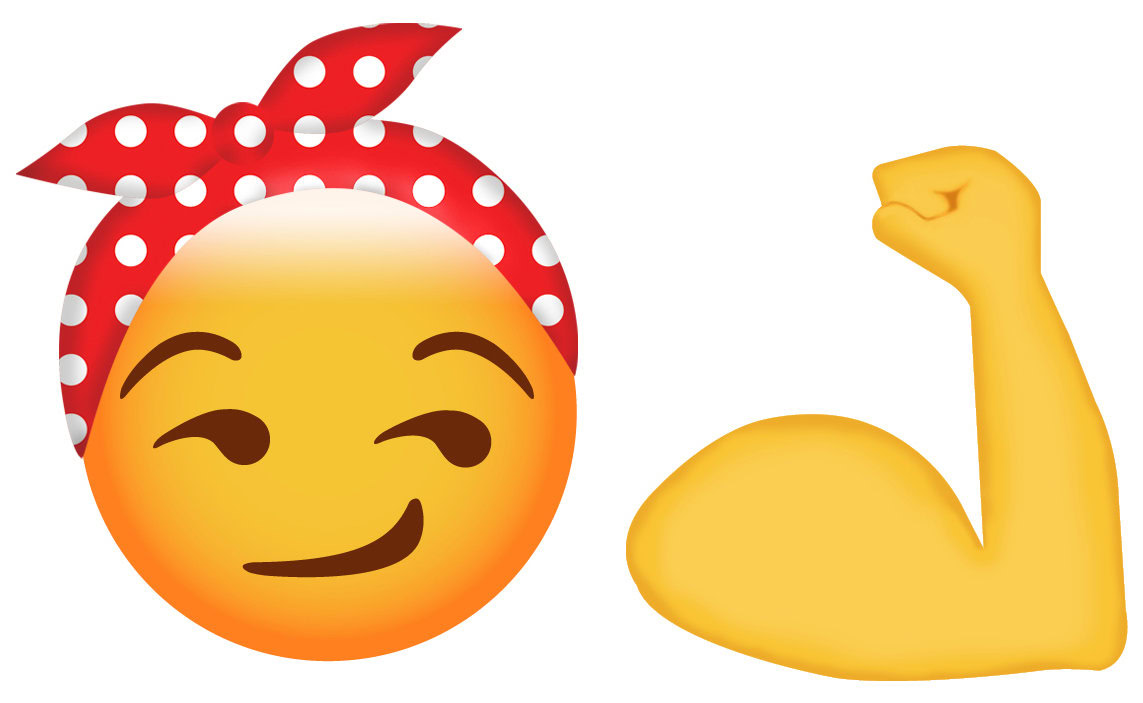Affiliate links on Android Authority may earn us a commission. Learn more.
Where did emoji come from?
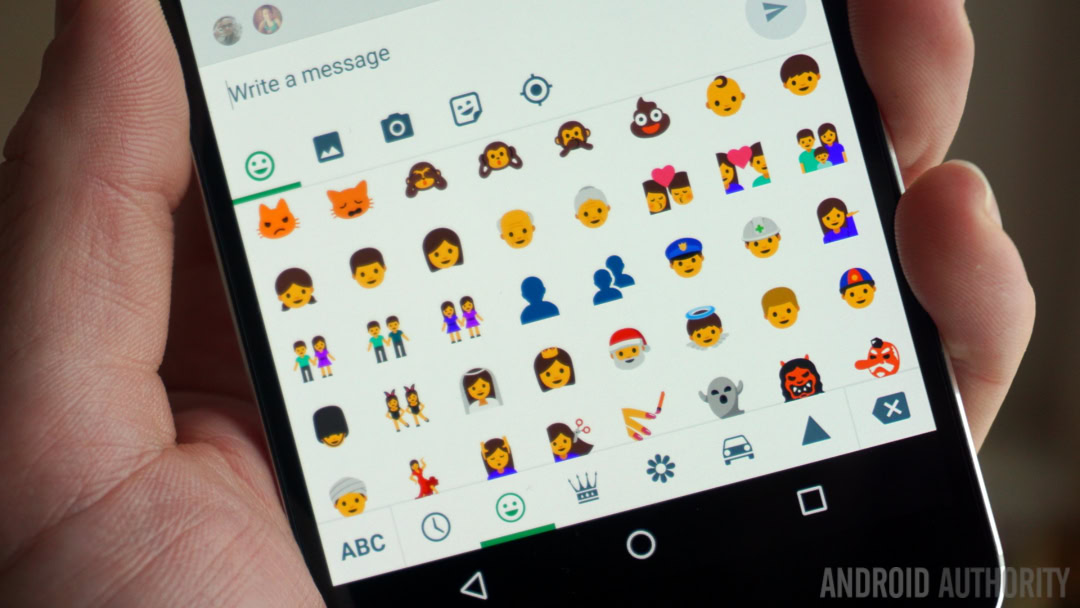
Emoji have become a fully integrated part of our digital communication, but where the hell did all these little hieroglyphics come from? Less than a decade ago nobody had even heard of them, and now plushie pillows of your favorite emoji litter every novelty shop and toy store. You can even find them in Bed, Bath and Beyond.
It turns out that the reason we have emoji is due to a relatively makeshift decision on the part of the Unicode Consortium that involves Japan, but before we get into that, first you have to know what the Unicode Consortium even is.

The Unicode Consortium is a non-profit organization that’s responsible for essentially making sure that computers all over the world can talk to each other without loss of information. Their standardizations are what make it possible for someone in Russia to send a text message to someone in England and – despite the alphabet differences – the message will arrive intact.
Part of the Unicode Consortium’s job is to make sure that characters representing all languages are available for technology to make use of in an organized and efficient way. They’re pretty damn thorough about their job, as Unicode Standard v. 9 even includes “Linear A,” which is a writing system that was used in ancient Greece and which nobody has even deciphered.
So when the Unicode Consortium really started getting into the swing of things, they began establishing character sets from languages all over the world. However, when they got to Japan, they discovered that – as seems to happen frequently – Japan had done something strange while nobody in the Western world was really paying attention.
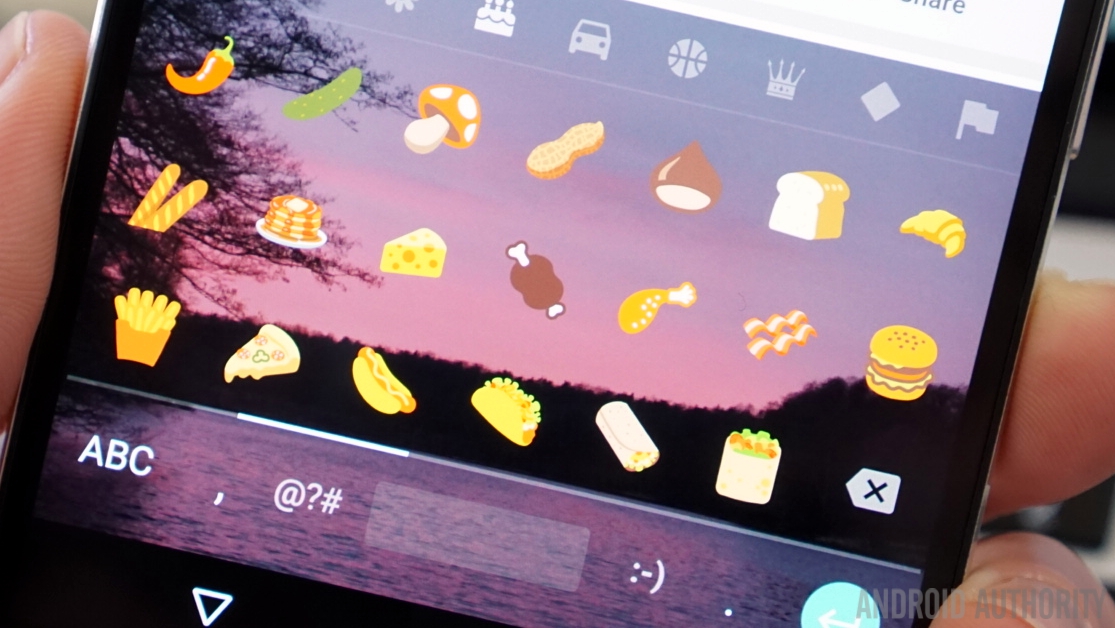
Back in 1999, a Japanese engineer working with NTT DoCoMo’s mobile internet platform i-mode had an interesting idea. Shigetaka Kurita was responsible for designing parts of i-mode’s messaging features. As a fan of manga, Kurita acknowledged the value in shorthand expressions for emotions and thought they would be a worthwhile addition to the service’s character database.
Taking inspiration from weather forecast symbols, existing ASCII emoticons which had been becoming increasingly popular, and the facial expressions of his friends and coworkers, Kurita designed the first set of 172 emoji. These were just 12×12 pixel affairs, but they soon grew popular in digital communication throughout Japan.
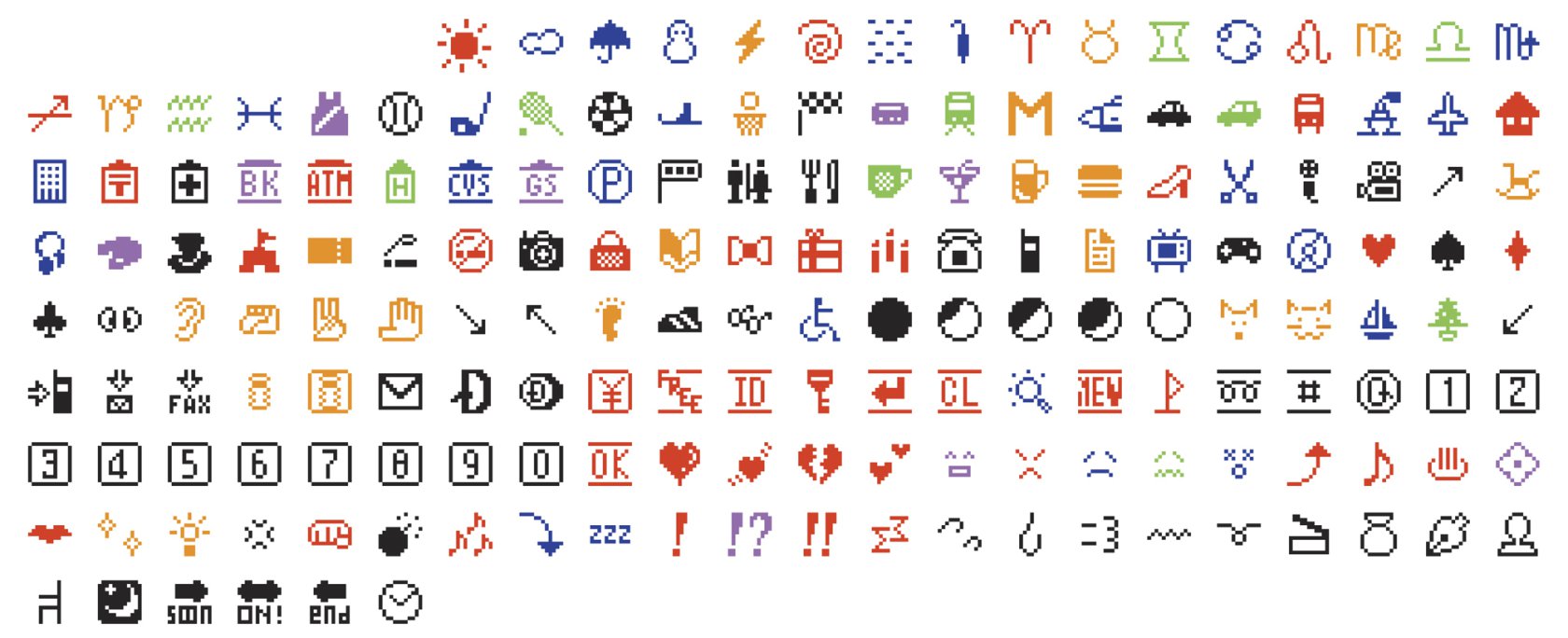
Meanwhile, the rest of the world was still using crude emoticons ;)
Fun fact: “emoticon” is an English portmanteau of “emotion” and “icon.” Although “emoji” seems to share some surface linguistic similarities, the two terms are actually completely unrelated. Emoji is a Japanese term that combines “e” (絵) meaning “picture” with “moji” (文字) meaning “character.”
So when the Unicode Consortium went to add Japanese characters to their Standard, they discovered that, in addition to the sprawling number of kanji that make up the written language, Japan hand also shoved a bunch of extra crap into their lexicon as well. Literally, in fact, as the “pile of poo” emoji has rapidly become one of the most popular in use.
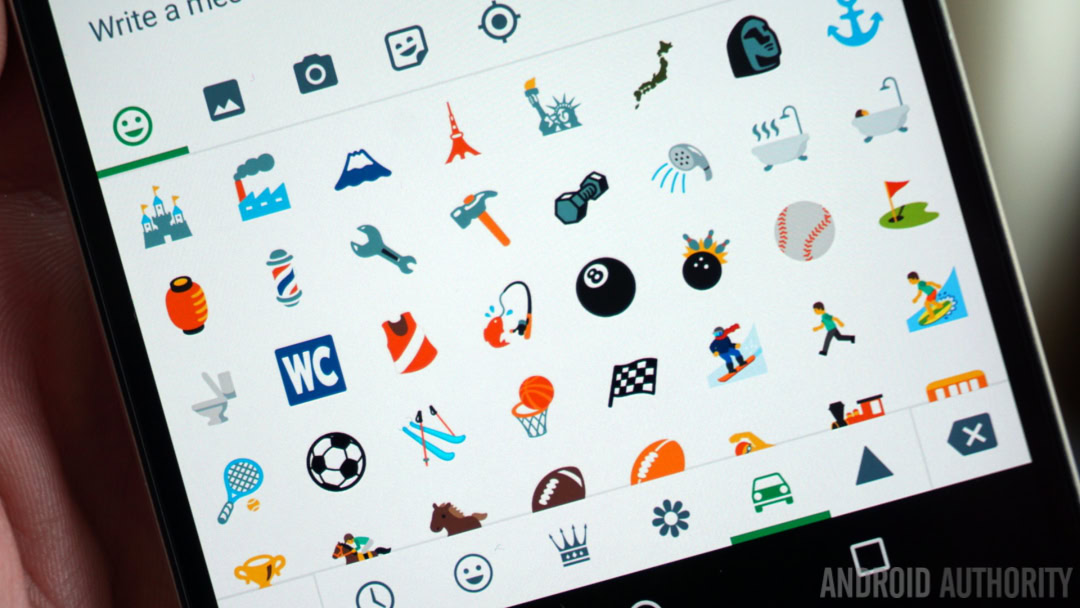
The Unicode Consortium was faced with a fascinating challenge at this point. They could either include just the usual Japanese characters in their Standard, meaning that non-Japanese recipients of Japanese electronic messages wouldn’t be privy to these curious little images, or they could include the whole kit and kaboodle.
This was actually a subtly important decision, although today it’s more obvious as to why than it was even just six years ago. Since people are communicating more and more digitally, the potential of restricting certain forms of expression on the part of the Consortium puts them in a position of high responsibility. Although they may not have been cognizant of it at the time, their decision to include hearts, googly eyes, lightning bolts, and snowmen into the Standard would have cultural repercussions all over the world.
Although 'emoji' seems to share some surface linguistic similarities with 'emoticon,' the two terms are actually completely unrelated.
But it didn’t happen right away.
Indeed, nobody outside of Japan really even noticed emoji until the iPhone came along. Apple’s interest in selling iPhones in Japan served as the unexpected catalyst for the emoji revolution. Apple included the option for users to access emoji from the keyboard on their devices, and eventually, as Tom Scott puts it, “Someone in America discovered they could send a pile of poop to their friends in a text message.” And the natural response was, “Hey! How did you even do that?”
This set off a viral explosion. Emoji are now in widespread use across the world, and their original, intended meanings have been shifted and altered thanks to the social phenomenon of memetic mutation. Hardly anyone, for instance, sends an eggplant when they are referencing an actual eggplant. The same goes with peaches.
Further interesting variations and misinterpretations come from emoji having their roots grounded firmly in Japanese manga/anime shorthand. Western users often use the “sleepy” emoji to indicate that they have a cold, owing to the droplet of liquid coming from the nose of the tiny yellow face. “Face with Look of Triumph” is another emoji that has suffered cultural misinterpretation, as Western users tend to interpret the puffs of air jetting from the icon’s nostrils as a bull-like indicator of frustration and aggression, not victory.
Emoji standardization has only gotten more complicated. For one, our library of emoji is rapidly expanding, in part to facilitate concerns regarding gender and racial representation. And also because we need more food emoji.
Furthermore, since design interpretation of emoji is in the hands of basically anyone who cares to get involved, misinterpretation across devices and services is becoming more and more frequent. The “flushed face” emoji, for instance, expressed radically different emotions between Apple and Android, with Apple’s “flushed face” appearing scandalized and concerned and Android’s looking humbled and bashful at a kind word. Android has since adopted a “flushed face” emoji more similar to Apple’s interpretation.

Other variations exist, such as Apple subbing out the “pistol” emoji for a more ‘politically correct’ squirt gun. Samsung devices also support their own set of completely different emoji designs that seem to have embraced the philosophy of, “if it ain’t broke, fix it anyway,” but at least they aren’t as bad as LG’s lineup.
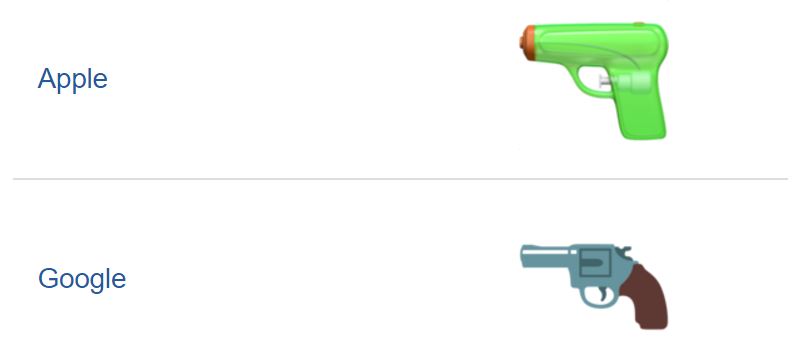
Facebook’s recent efforts with Messenger emoji appear to be an attempt to strike a balance between different interpretations of emoji and may come to serve as a touchstone for emoji representation as we try to move closer to standardization.
So that’s how emoji emerged from a Japanese-centric whim to a totally global phenomenon. Everyone from Millennials to tech-savvy moms are using them. Perhaps it just goes to show that in spite of our reliance on written language, a picture is still worth a thousand words after all.
What are your thoughts regarding the rise of emoji? Is this a helpful and important mode of expression, or a debasement of digital communication? Let us know your take in the comments below!
